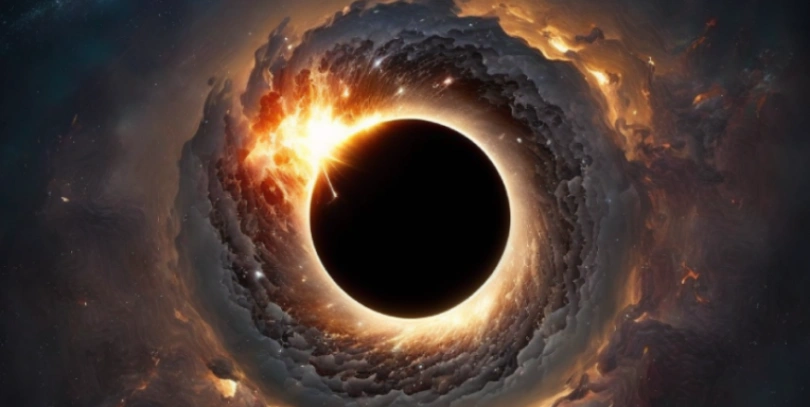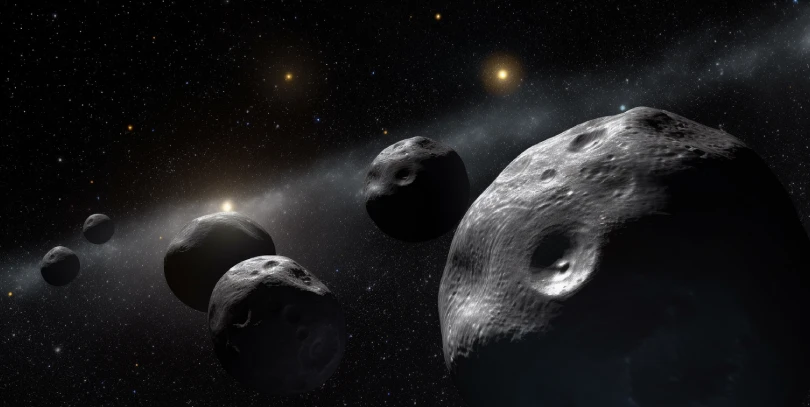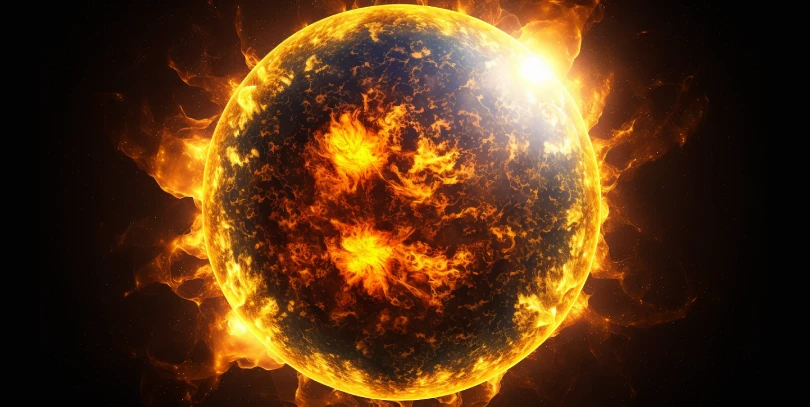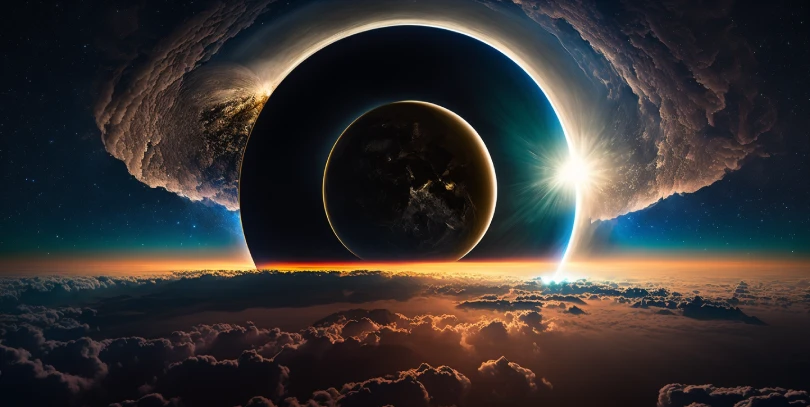Black holes are some of the most mysterious and fascinating objects in the universe. These mysterious objects are so dense and their gravitational pull is so strong that nothing, not even light, can escape their grasp. Although black holes have been studied for more than a hundred years, their true nature and origin remain largely a mystery. Here are some interesting facts about black holes.
- The closest known black hole to Earth lies in the constellation Vela, about 900 light-years away from us.
- A black hole is formed when a very large star dies and collapses under its own gravity. As matter falls into the black hole, it heats up to temperatures as high as millions of degrees Kelvin. This heat produces intense radiation that can be detected by astronomers from Earth.
- The inner boundary of a black hole is known as the event horizon, which marks the point of no return for anything entering it. Once something crosses this point, it will never be able to leave or escape the gravitational pull of the black hole.
- Black holes range in size from those with masses similar to our Sun all the way up to supermassive ones with masses millions or billions times larger than our Sun.
- In smaller quantities, there are also stellar-mass black holes that form when massive stars explode in supernovae at the end of their lives. These black holes range in mass from 5 to 30 solar masses and can be found throughout galaxies across the universe.
- When two or more black holes collide and merge together they emit powerful gravitational waves that propagate through space-time like ripples on a pond’s surface. Such events are detected by highly sensitive instruments called interferometers (like LIGO) located on Earth’s surface detecting this radiation created by merging black holes millions or billions light years away!
- Despite being incredibly difficult to observe directly because of their immense gravity, astronomers can still study them by looking at how they interact with other objects around them such as stars and gas clouds near them that often experience extreme gravitational forces due to their proximity to a nearby supermassive black hole!
- Black holes are believed to play an important role in the formation of galaxies, as their intense gravity can attract material over large distances and cause it to coalesce into stars and planets.
- In addition to their immense gravity, black holes are surrounded by an accretion disk made up of gas and dust that swirls around them at tremendous speeds before eventually being sucked into the depths of the hole itself. As they consume more matter, black holes grow rapidly in size and mass over time. They can be found across large distances in our universe, some of them being millions or even billions of light years away.
- Matter falling into a black hole becomes heated so much that it emits X-ray radiation, which can be detected by satellites and telescopes on Earth such as NASA’s Chandra X-Ray Observatory and ESA/NASA’s NuSTAR observatory.
- From studying X-ray emissions coming from hot gas swirling around certain types of black holes, astronomers have also been able to measure important properties such as its spin rate (how fast it rotates) and mass (which determines its strength). By doing so we can better understand just how powerful these remarkable objects truly are!
- Supermassive black holes exist at the center of most galaxies, including our own Milky Way galaxy.
- The closer we get to the center of the black hole, the more curved space-time becomes around it. Eventually, space-time is completely curved at its core. The center of a black hole is called a gravitational singularity, marking the boundary of the event horizon. In quantum mechanics, the traditional notions of space and time lose their meaning, and, consequently, the known physical laws that rely on them become ineffective. This means that they are no longer applicable to the description of gravitational singularity.
- There are theories that some types of black holes may be connected through wormholes; passages through space-time where one end is connected to another distant part of the universe via a tunnel-like structure.
- There has been research suggesting that understanding how matter behaves inside a black hole could provide valuable insights into quantum mechanics and string theory – leading towards a more unified description of the fundamental laws of physics. This could potentially unlock many new mysteries about our universe that we haven’t even thought possible yet!
Sources:






